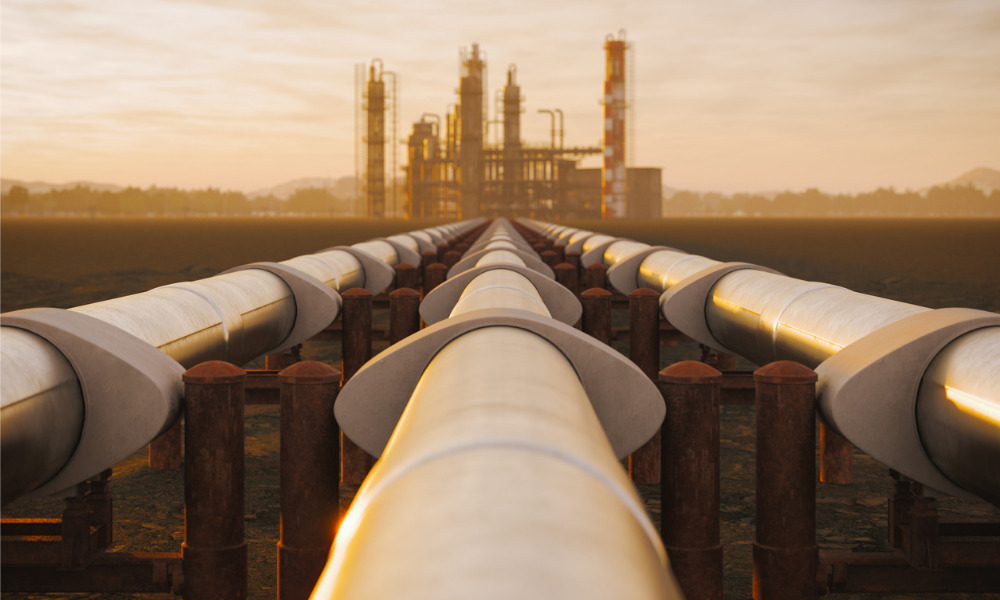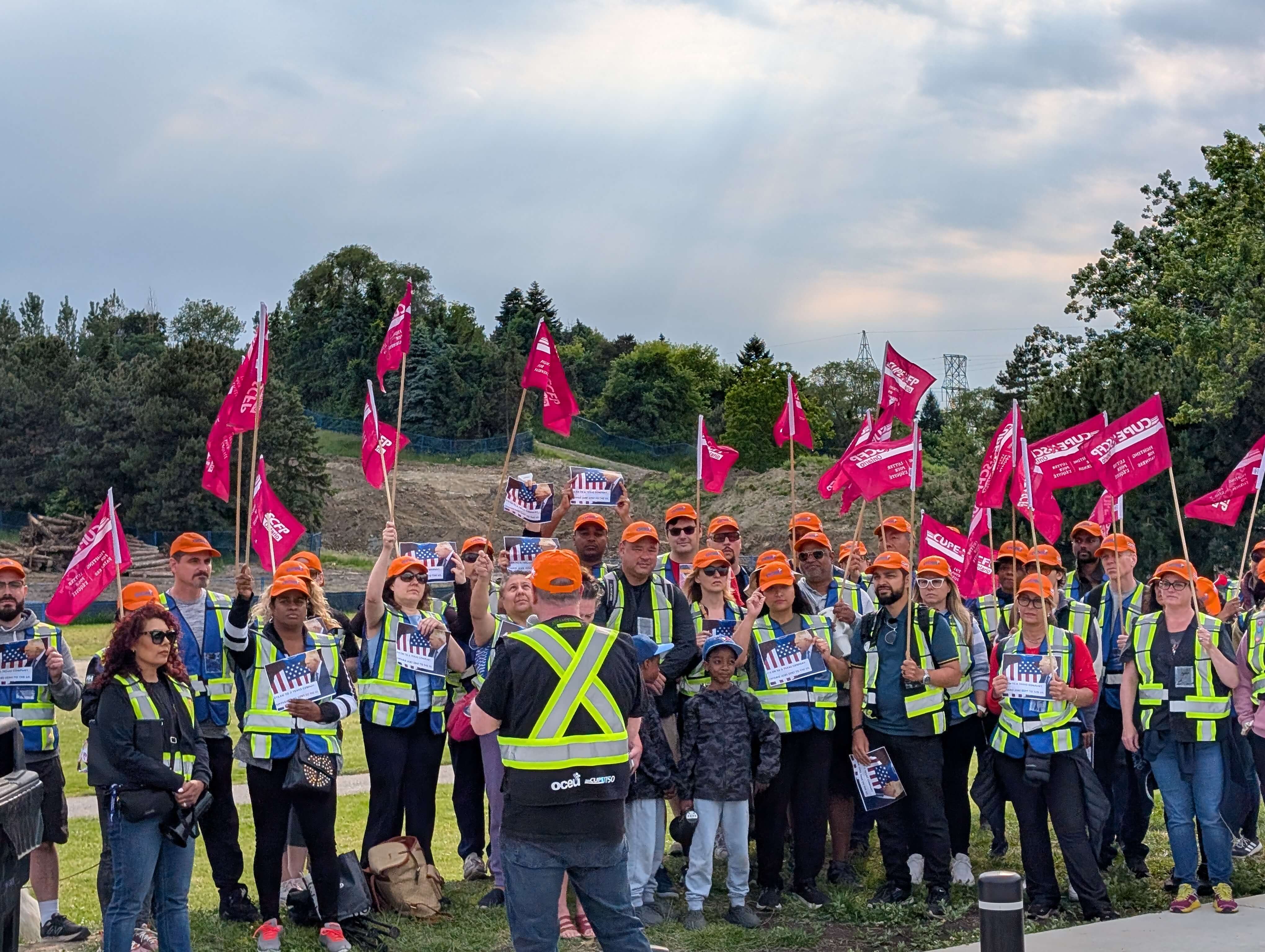"Societal expectations on safety have evolved dramatically," says safety advocate

Canadian Occupational Safety is celebrating 60 years of publication in 2023. To mark the occasion, we are writing a series of articles that look back on the industries we cover to explore how safety practices have changed over the years.
A paradigm shift in safety thinking has been taking place over the past four decades in Canada’s energy sector. Murray Elliott has been in the business for 37 years. "When I first got into the industry, safe performance was not where it is today," Elliott reminisces.
He’s now the president and CEO of Energy Safety Canada, a not-for-profit industry association dedicated to improving safe work performance, and one of The Best Work Safety Training in Canada awardee.
Elliott discussed the remarkable evolution of safety practices within Canada's oil and gas industry and the response to emerging challenges, during a recent COS Talk podcast interview.
When he first started out, he says there was a significant number of injuries, accidents, and even fatalities in those early years. The industry lacked a systemic approach to safety, and the focus was on developing more processes and procedures to engineer safety into the systems.
Over time, however, safety in the industry evolved significantly. "Both process and personal safety have come a long way," says Elliott. Process safety garnered more attention, with a focus on implementing a higher number of controls, safeguards, and engineering considerations to prevent catastrophic incidents. Simultaneously, personal safety saw a shift in mindset, emphasizing hazard elimination as the primary prevention strategy.
A paradigm shift: Embracing human and organizational performance (HOP)
Elliott says over the past couple of decades safety thinking in the industry has grown and developed. "Societal expectations on safety have evolved dramatically," he notes, suggesting it's no longer sufficient to merely comply with regulations. He says the industry now prioritizes continuous learning and improvement. Human and organizational performance (HOP) emerged as a vital component of this new safety paradigm.
Elliott says HOP involves recognizing workers as part of the solution, not the problem. "It's really about engaging the workforce differently to learn and improve.” This shift allows organizations to move away from a compliance-focused approach and empowers workers to actively contribute to safety improvements.
While HOP adoption varies across companies, many have embraced the approach. Elliott says some are already advanced in their implementation, while others are just starting to explore its potential. "Good ideas spread naturally," he says, while dismissing the notion that industry competes when it comes to safety, and instead promotes a culture of sharing and learning from one another.
Addressing emerging challenges: Climate change and renewables
With an increasing focus on climate change and its impact on the energy sector, Elliott highlighted the industry's proactive approach. "There's a lot of work going on by companies to identify their risks," he says. From extreme heat to wildfires to severe storms, organizations are developing plans to mitigate the impact of climate-related hazards.
The industry's foray into renewables also necessitates adapting safety practices. While Elliott says there are no new hazards, he points out each renewable energy source presents a unique combination of risks saying, "you see a different combination of hazards for different renewables." Companies are actively identifying and managing these risks to ensure a safe transition to cleaner energy solutions.
Looking ahead: The future of safety in the energy sector
As the industry moves towards a future wear of carbon emissions and less reliant on fossil fuels, Elliott believes the principles of HOP will continue to drive continuous improvement. However, a key challenge lies in managing the changing workforce. As experienced workers retire and new employees join the industry, imparting a strong safety mindset and necessary experience becomes paramount.
Elliott acknowledges addressing this challenge requires the collective effort of industry leaders, thought leaders, and senior executives. Elliott believes "change has to start with leaders," indicating the crucial role that top-level commitment plays in driving safety improvements.
From the advancements made in process and personal safety to tackling emerging challenges posed by climate change and renewables, the industry is steadfast in its commitment to continuous improvement. By embracing the principles of HOP and fostering a culture of shared learning, the Canadian energy sector aims to maintain its position as one of the safest industries while building a resilient workforce for the future.





